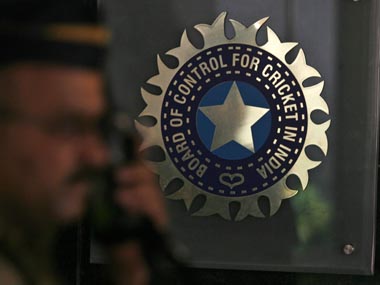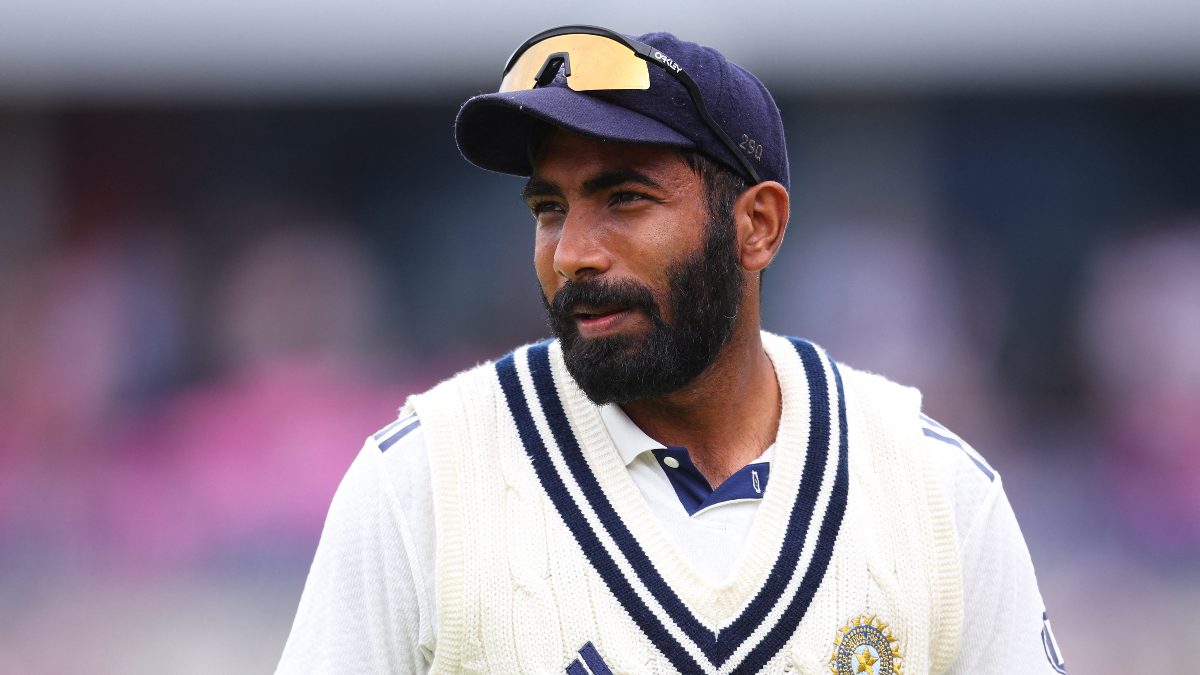Let’s applaud the Board of Control for Cricket in India. They’ve stuck to their guns against the odds, got their way and the world is paying allegiance to them. That’s what the BCCI would like to hear. But the truth of the matter is that world cricket at large is being held hostage by the BCCI. There will probably be a section that is very happy with the turn of events but is this how you want things to be in a democracy? Cricket boards around the world were for the Decision Review System and in most cases, in most democracies, it would be very easy to simply outvote the BCCI. Instead, what has happened defies logic. The ICC Chief Executive’s Committee unanimously recommended universal standards for the usage of technology in decision-making (Decision Review System) in all Test matches and One-Day Internationals subject to availability and commercial considerations. The agreed standards will include infra-red cameras and audio-tracking devices. Ironically, exactly what the BCCI was gunning for. [caption id=“attachment_32241” align=“alignleft” width=“380” caption=“BCCI has got too powerful for it’s own good. AFP”]  [/caption] The CEC also agreed that further independent and expert research will be carried out into ball-tracking technology and its accuracy and reliability. The continued use of ball-tracking technology as a decision-making aid will depend on bilateral agreement between the participating Members. A media statement released by the BCCI said: The BCCI has always expressed its willingness to embrace technology, for the betterment of the game. However, the current ball-tracking technology, on which the DRS system is based, is not acceptable to the Board. The BCCI is agreeable to the use of technology in decision-making, which will include infra-red cameras and audio-tracking devices. This position has not changed. The BCCI’s view was supported at the ongoing ICC CEC meeting in Hong Kong. The CEC also decided that the continued use of the ball-tracking technology as a decision-making aid will depend on the bilateral arrangement between the participating teams. With no ball-tracking technology being used, leg-before decisions will now fall to the on-field umpires and this was one of the areas where technology was needed the most. Often LBW decisions were being reviewed because there’s always a question mark over height, where the ball pitches and whether the ball hit the pad in line with the stumps. Given how fast the game is, these were aids that were beneficial if not 100 per cent accurate. The decision, however, means that India will, for the first time since 2008, be agreeable to using the DRS in a bilateral series when it tours England starting next month. However, the DRS to be used in the England-India series will be without the Hawk-Eye ball-tracker and therefore not include leg before decisions. “The leg-before decision for that series will be completely that of the on-field umpire,” BCCI president Shashank Manohar said. Hot Spot, the ‘thermal imaging’ technology now available and made mandatory in the DRS, will mostly be made use of for close catches and edges.
In most democracies, it would be very easy to simply outvote the BCCI. Instead, what has happened defies logic.
Advertisement
End of Article


)

)
)
)
)
)
)
)
)



